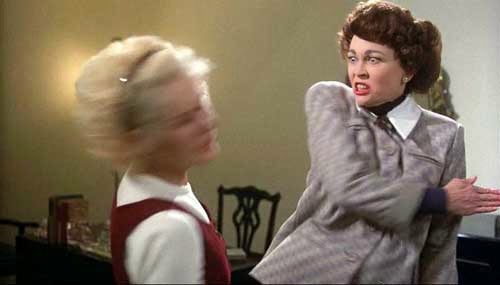Power Full
by
Z. Hall
Power Full [Title]
I can love you
beyond your faults
your weaknesses
are but footnotes
on whistling wind,
your secrete insecurities
silenced for eternity
your imperfections
are fine art
your mistakes
memories faded
in gesso
this is honest & real
fellowship
my friend
truer than indigo
stronger than graphene
solid as oak
hewn in blood
sweat and
fear not
the crevices of culture
tradition, time or space
transcendence is at our
beck and call
say the word
just say the word
I fear not death, I am
director of its procession
conductor of all preceding it
I refuse to die
of internal bleeding
love me, in return
fully, in complete knowledge
of me
that what is
common in me
evaporates
with the morning dew
the scorching heat
of your absence
is the sole burden
I cannot bear
© Z. Hall, 2015
Cassandra Wilson, 'Solomon Sang,' Jazz










